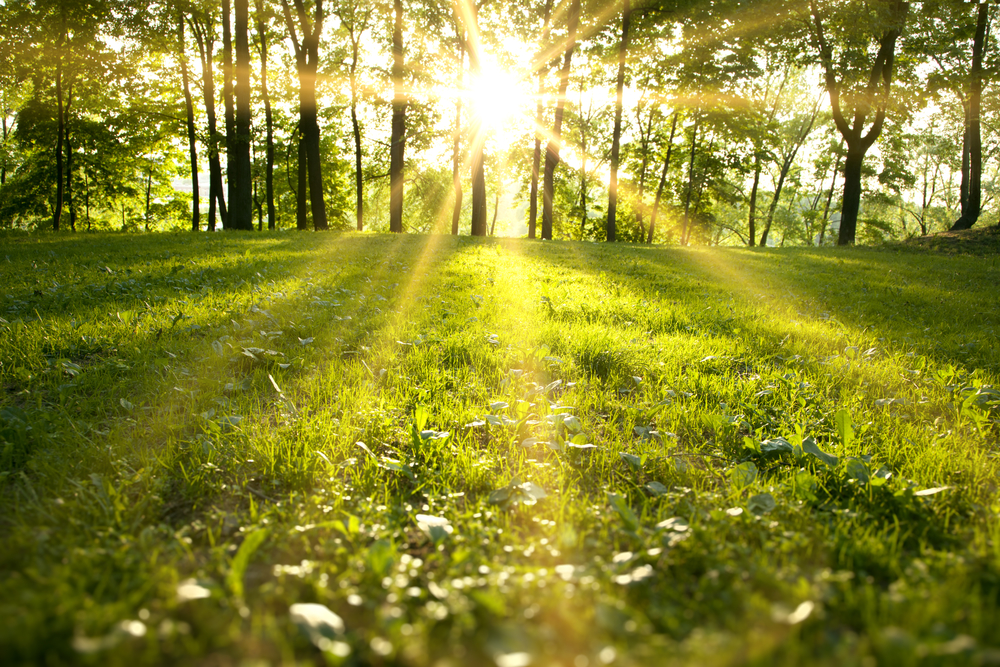You may have a small log cabin by the lake or a luxury mountain retreat, but either way you will need to some maintenance work before opening your home for the summer season. Inspecting and carrying out needed repairs to your prized log home during spring can save you plenty of headaches later. Log home maintenance is not just about exterior beautification but essential care and repair for your home to be rot free. With the right maintenance program, your log home will be safe and sound for living through decades to come. Spring has the right weather conditions to carry out necessary maintenance work. So time to get out and inspect your log home for potential problem areas. This way you can carry out the maintenance work in the hot summer months. Here is a checklist for maintenance every spring to get your log home ready for the summer.
#1 Clean Your Logs
Your home’s logs are exposed to harsh weather conditions and will have collected dust, pollen, and grime all through winter. If this sets into your log finish it can develop into mildew and damage your logs. Get washing your logs with an eco-friendly cleaning solution and mild scrubbing tools. If you maintain your log home regularly, there may be no need for pressure washing but, if you decide to use it, do make sure the pressure is light enough so that you do not weaken any of the finish.
#2 Check Your Logs
Look at your logs closely to detect any potential problem areas that may need your attention. Some of the likely areas that may require attention are:
- Rails & Porch Posts
Log rails are particularly vulnerable to rot because of their exposure to the elements and sun. Log walls are better off with roof protection overhead. The harsh UV light from the sun, high precipitation can cause log railings to fail. Monitor then for up-facing checks and seal them immediately to prevent water intrusion.
Monitor horizontally-cut tops of rail posts for three faults which may require your special attention. Such rail posts have porous end grain that can absorb moisture more than any other part of the log. Moreover shrinkage also causes checks to open up which results in water seeping deeper into the log. The moisture becomes trapped and it can’t evaporate easily. Thirdly the horizontal surface cannot shed water which further complicates the problem. You can get metal caps installed on the posts to seal off any water penetration before it can cause log rot.
Even the base of porch posts are more vulnerable to rain and UV rays as they do not get adequate protection from the roofline above. Posts are generally mounted directly to a deck or patio material and the resulting water splash over time can create log rot problems. Maintain the protective finish on the posts to prevent such potential problems.
- Extended Logs
You may have to keep a close eye on extended logs for corner tails, log joist tails, balcony joists, or purlins that go beyond the roofline. Such surfaces are more exposed to the elements and have surface designs that shed water slowly. Once rot takes hold, it can easily begin to spread within the log and to the interior of the wall. Joist ends and balcony logs that are adjacent to the floor framing on the upper level, it can be really dangerous. Apply a protective covering to prevent long-term damages.
- Lower Wall Logs
The lower log courses get exposed to difficult weather conditions and surrounding landscape vegetation like shrubs and plants. Review these areas carefully to check for water damage.
#3 Trim Shrubberies and Check Vegetation Around The Home
Landscaping that is too close to the home can cause major problems. Plants and shrubs too close to the log home can prevent proper air circulation in the logs and tends to shade and trap moisture in one area. So trim the shrubs back for the better.
#4 Inspect Your Sealants
Check all applied sealants including caulking and chinking to ensure that no upward facing checks have appeared. Also make sure that old sealant applications have not torn or been pulled away from their bonding surfaces.
#5 Check Your Gutters
Clogged gutters or downspouts that are not working properly can stop rain from draining properly. It can result in concentrated water exposure and limit the ability of your logs to dry out. Long term exposure to moisture can have negative impact on your log structure.
All log homeowners can pay regular attention to potential problems that may develop and take appropriate steps to alleviate any issues.
For application of a new finish or for regular maintenance jobs, please do not hesitate to schedule an inspection withPerformance Log Homes. We have staff with experience and knowledge as well as necessary resources to perform log home maintenance. Call us today at 800=781-2551 for an estimate.


